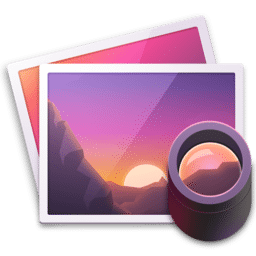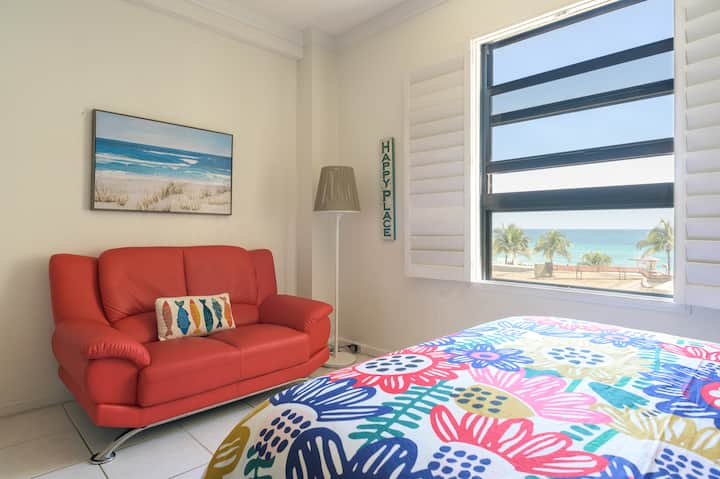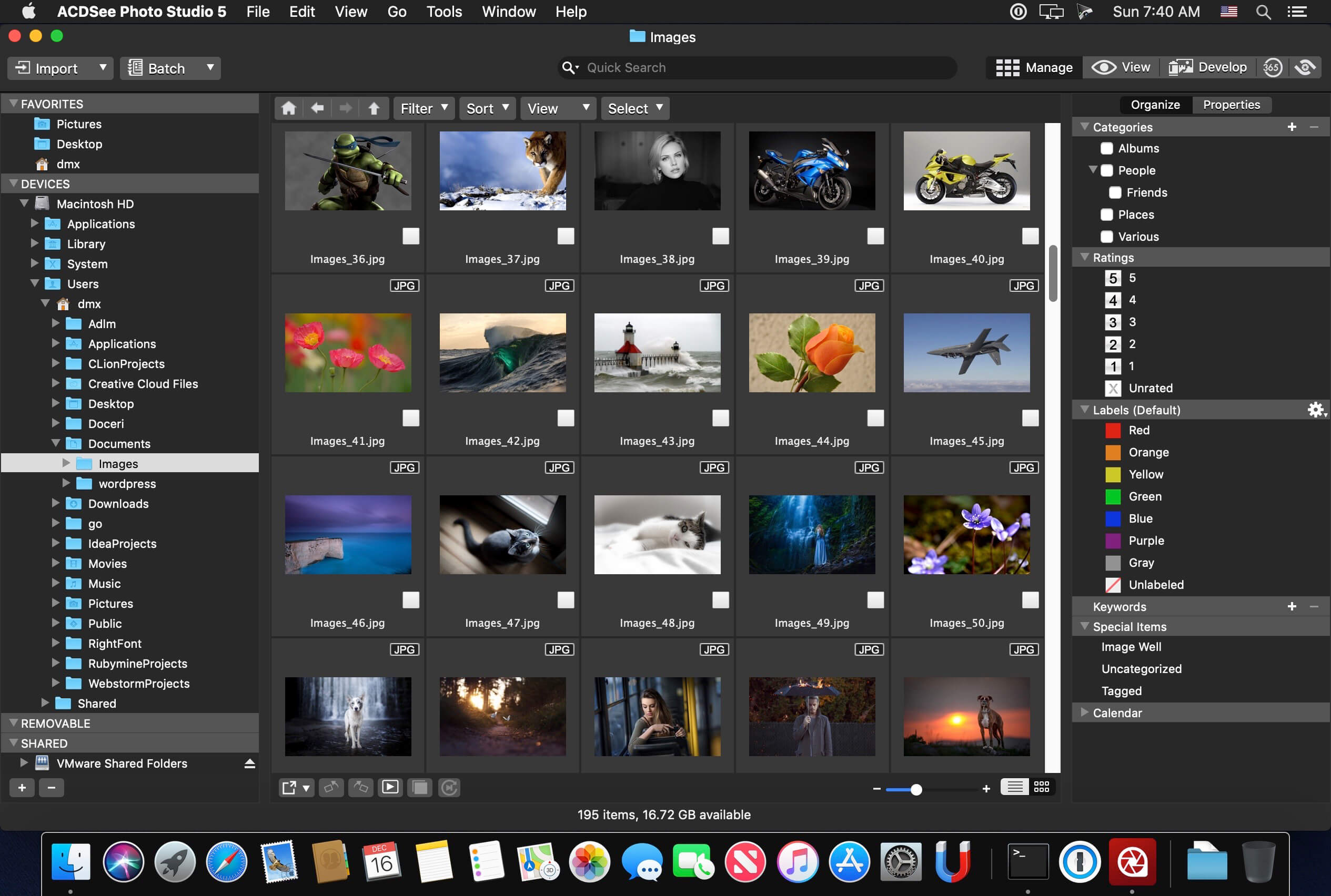Take a look at ImageView.ScaleType to control and understand the way resizing happens in an ImageView. When the image is resized (while maintaining its aspect ratio), chances are that either the image’s height or width becomes smaller than ImageView ‘s dimensions. Android ImageView placed in the center with margin. (Large preview) 9- When you tap on the ImageView inside Android Studio preview window, you will see an empty space from top and bottom of the ImageView. You can fix that by using android:scaleType='centerCrop' which allow the image to fill the remaining space. Project Description. In this tutorial, we will see how to load an image from URL into Android ImageView. For downloading the image from URL and loading it in ImageView, we use AsyncTask.
Overview
- Aug 19, 2018 Image-Line already offers lifetime free upgrades to all FL Studio users, meaning that all existing users of the software now automatically own upgrades to version 20 on both platforms. Because of this - and some excellent new features, which we’ll come to later - version 20 is a complete no-brainer for existing users.
- Membuat Widget ImageView pada Android Studio Buat Project baru pada Android Studio kalian. Disarankan kalian sudah menyiapkan gambar (.jpg atau.png) yang ingin kita tampilkan pada ImageView, jika sudah, simpan gambar tersebut pada direktori drawable (app src main res).
Typically, images are displayed using the built-in image view. This view takes care of the loading and optimizing of the image, freeing you to focus on app-specific details like the layout and content.
In this guide, we will take a look at how to use an ImageView, how to manipulate bitmaps, learn about the different density folders and more.
Usage
At the simplest level, an ImageView is simply a view you embed within an XML layout that is used to display an image (or any drawable) on the screen. The ImageView looks like this in res/layout/activity_main.xml:
The ImageView handles all the loading and scaling of the image for you. Note the scaleType attribute which defines how the images will be scaled to fit in your layout. In the example, using scaleType 'center', the image will be displayed at its native resolution and centered in the view, regardless of how much space the view consumes.
Sizing ImageView Controls
By default, contents of an ImageView control are of a certain size -- usually the size of the image dimensions. They can also be bounded by their layout_width and layout_height attributes:
The scaleType above has been set to fitXY which sets the height and the width up or down to fit the maximum dimensions specified.
Fixing the width and height however means that the proportions of the width and height of the original image, known as the aspect ratio, will be altered. We can take advantage of the adjustViewBounds parameter to preserve this aspect ratio. However, we must either allow the height and/or width to be adjustable (i.e. by using maxWidth and using wrap_content for the dimension). Otherwise, the dimensions cannot be readjusted to meet the required aspect ratio.
By combining these properties together we can control the rough size of the image and still adjust the image according to the proper aspect ratio.
We can also size an ImageView at runtime within our Java source code by modifying the width or height inside getLayoutParams() for the view:

In certain cases, the image needs to be scaled to fit the parent view's width and the height should be adjusted proportionally. We can achieve this using an extended ResizableImageView class as described in the post.
Scale Types
An ImageView can display an image differently based on the scaleType provided. Above we discussed the fitXY type along with adjustViewBounds to match the aspect ratio of the drawable. The following is a list of all the most common types:
| Scale Type | Description |
|---|---|
| center | Displays the image centered in the view with no scaling. |
| centerCrop | Scales the image such that both the x and y dimensions are greater than or equal to the view, while maintaining the image aspect ratio; centers the image in the view. |
| centerInside | Scales the image to fit inside the view, while maintaining the image aspect ratio. If the image is already smaller than the view, then this is the same as center. |
| fitCenter | Scales the image to fit inside the view, while maintaining the image aspect ratio. At least one axis will exactly match the view, and the result is centered inside the view. |
| fitStart | Same as fitCenter but aligned to the top left of the view. |
| fitEnd | Same as fitCenter but aligned to the bottom right of the view. |
| fitXY | Scales the x and y dimensions to exactly match the view size; does not maintain the image aspect ratio. |
| matrix | Scales the image using a supplied Matrix class. The matrix can be supplied using the setImageMatrix method. A Matrix class can be used to apply transformations such as rotations to an image. |
Note: The fitXY scale type allows you to set the exact size of the image in your layout. However, be mindful of potential distortions of the image due to scaling. If you’re creating a photo-viewing application, you will probably want to use the center or fitCenter scale types.
Refer to this ImageView ScaleType visual guide for additional reference. Remember that if you wish to match the aspect ratio of the actual drawable, adjustViewBounds=true must be declared along with not defining an explicit width and/or height.
Supporting Multiple Densities

Since Android has so many different screen sizes, resolutions and densities, there is a powerful system for selecting the correct image asset for the correct device. There are specific drawable folders for each device density category including: ldpi (low), mdpi (medium), hdpi (high), and xhdpi (extra high). Notice that every app has folders for image drawables such as drawable-mdpi which is for 'medium dots per inch'.
To create alternative bitmap drawables for different densities, you should follow the 3:4:6:8 scaling ratio between the four generalized densities. Refer to the chart below:
| Density | DPI | Example Device | Scale | Pixels |
|---|---|---|---|---|
| ldpi | 120 | Galaxy Y | 0.75x | 1dp = 0.75px |
| mdpi | 160 | Galaxy Tab | 1.0x | 1dp = 1px |
| hdpi | 240 | Galaxy S II | 1.5x | 1dp = 1.5px |
| xhdpi | 320 | Nexus 4 | 2.0x | 1dp = 2px |
| xxhdpi | 480 | Nexus 5 | 3.0x | 1dp = 3px |
| xxxhdpi | 640 | Nexus 6 | 4.0x | 1dp = 4px |
This means that if you generate a 100x100 for mdpi (1x baseline), then you should generate the same resource in 150x150 for hdpi (1.5x), 200x200 image for xhdpi devices (2.0x), 300x300 image for xxhdpi (3.0x) and a 75x75 image for ldpi devices (0.75x). See these density guidelines for additional details.
Final Android Resizer
To resize images more easily, check out the Final Android Resizer by downloading and running this JAR.
This handy utility allows us to select a resources directory, choose an extra high density image and the tool will automatically generate the corresponding lower size images for us and place the subfolders inside the generated res-drawable directory within the actual res folder in your project as the example shows below in 'Project' view (left) and the default 'Android' view (right):
Refer to the screens support reference for a more detailed look at supporting a wide range of devices. Also check out the iconography guide for more details.
Mipmaps and Drawables
Starting with Android 4.3, there is now an option to use the res/mipmap folder to store 'mipmap' images. Mipmaps are most commonly used for application icons such as the launcher icon. To learn more about the benefits of mipmaps be sure to check out the mipmapping for drawables post.
Mipmap image resources can then be accessed using the @mipmap/ic_launcher notation in place of @drawable. Placing icons in mipmap folders (rather than drawable) is considered a best practice because they can often be used at resolutions different from the device’s current density. For example, an xxxhdpi app icon might be used on the launcher for an xxhdpi device. Review this post about preparing for the Nexus 6 which explains in more detail.
Working with Bitmaps
Image View Studio Tutorial
We can change the bitmap displayed in an ImageView to a drawable resource with:
or to any arbitrary bitmap with:
Scaling a Bitmap
If we need to resize a Bitmap, we can call the [createScaledBitmap](http://developer.android.com/reference/android/graphics/Bitmap.html#createScaledBitmap(android.graphics.Bitmap, int, int, boolean)] method to resize any bitmap to our desired width and height:
You often want to resize a bitmap but preserve the aspect ratio using a BitmapScaler utility class with code like this:
In other cases, you may want to determine the device height or width in order to resize the image accordingly. Copy this DeviceDimensionsHelper.java utility class to DeviceDimensionsHelper.java in your project and use anywhere that you have a context to determine the screen dimensions:
Check out this source for more information on how to scale a bitmap based instead on relative device width and height.
Note: Doing any type of scaling of images results in the loss of EXIF metadata that includes info such as camera, rotation, date/time of the photo taken. While there are workarounds to transfer this data after the image has been copied, there are current limitations. If you need this info or wish to upload it to some site, you should send the original file and not the downsampled version.
Displaying SVG Images
Android has now vector drawables support, which allows SVG files to be imported to a specific format. SVG files can be automatically converted using Android Studio by going to File -> New -> Vector Asset. Make sure to click Local file (SVG, PSD) to import the file.
To send command to Printer to print image in the form of Bitmap
References
In this Android Studio tutorial I am going to show you in step by step how to display an image on android layout. This tutorial will be very helpful for those who are beginner in android developing. It is going to be really so easy. Just follow this tutorial to know the easiest way of adding image on your android app.
So how to display image on android layout in Android Studio?
In android ImageView is simply a view you embed within an XML layout that is used to display an image on the screen and it is the simplest way to show a image on android app. I am going to show you the XML code for ImageView so that you will understand how it looks.
ImageView is already built in android and using it you can easily place an image in your android app layout xml file. This is the easiest way of adding image on android screen within layout. Now I am going to tell you what you have to do so that you can place an image in your android app from Android Studio. At first you have to start a new android project from Android Studio. After creating a new project follow these steps that you have to follow:
Also read: Convert HTML Template Into Android App – Android Studio

Copy and paste image inside res/drawable directory
At first you need to place the image inside res/drawable directory. Just copy and paste that image inside android res/drawable directory. The image should be in PNG format. Lets see the pictures below:
The above images showing you the location of drawable directory and also the second image displaying drawable directory with some images. You have to copy and paste your image inside drawable directory. Choose the image that you want to display in your android main xml layout and paste it inside drawable directory.

Add the image path inside main xml file using ImageView
Luckily android have a built in ImageView which will let you add images on your android layout easily. Now open your main xml file and paste this code inside your main layout (generally the main xml layout file name is activity_main.xml):
In the above code you can see android:src=“@drawable/my_image“ which indicate the image path inside drawable directory. Just change the image name as yours. And keep it in mind that it will not support JPG type image, so do it using PNG type image.
Complete final code of activity_main.xml to show image on android screen
The given code below showing you the complete code of activity_main.xml file:
Image Viewer
That’s all you need to do to display an image on your android app. Now build the apk for android and test it with your android device or install and run it from virtual android device on your PC and you will see the image that you have added through the main xml layout file using ImageView code. Using ImageView in xaml layout file is the easiest way of displaying image on android screen.
Image Grid View Android Studio
So was that easy for you? please let me know if you have understand it or not. I am always available here to help you.
